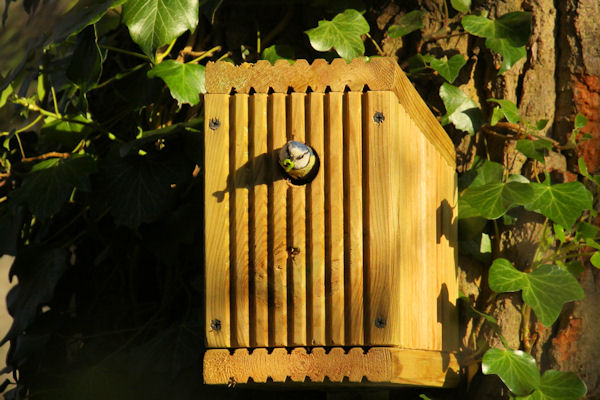Falling Leaves
Chlorophyll is a pigment that gives the leaves their green colour and over-powers the other pigments, which would otherwise add yellow and red to the pallette. Decreasing day length is the trees' trigger to start recovering nutrients (including chlorophyll) from its leaves before shedding them. Reduced levels of chlorophyll as it is absorbed back into the parent plant allow the carotenoid pigments to show, giving the red, yellow and orange colours of autumn.
Leaves are separated from the tree by a process known as abscission. Put simply, "suck 'em and shed 'em". Once the nutrients have been recovered, the cells at the base of the leaf stalk seal it off and then degenerate. Thus, the leaf falls. There is a phenomenon known as marcescence, in which dead leaves cling to the tree. This is caused by the leaves dying before the abscission process takes place, so the cells at the base of the leaf stalks don't degenerate and the leaf doesn't fall. In Bicknor Wood there are a number of examples of marcescence due to squirrel damage.
Leaves are excretophores. Waste products from the tree are stored in the leaves. They even have the ability to extract toxins from polluted ground and air. Autumn is the trees' opportunity to excrete those toxin's by shedding the leaves.







Comments
Post a Comment